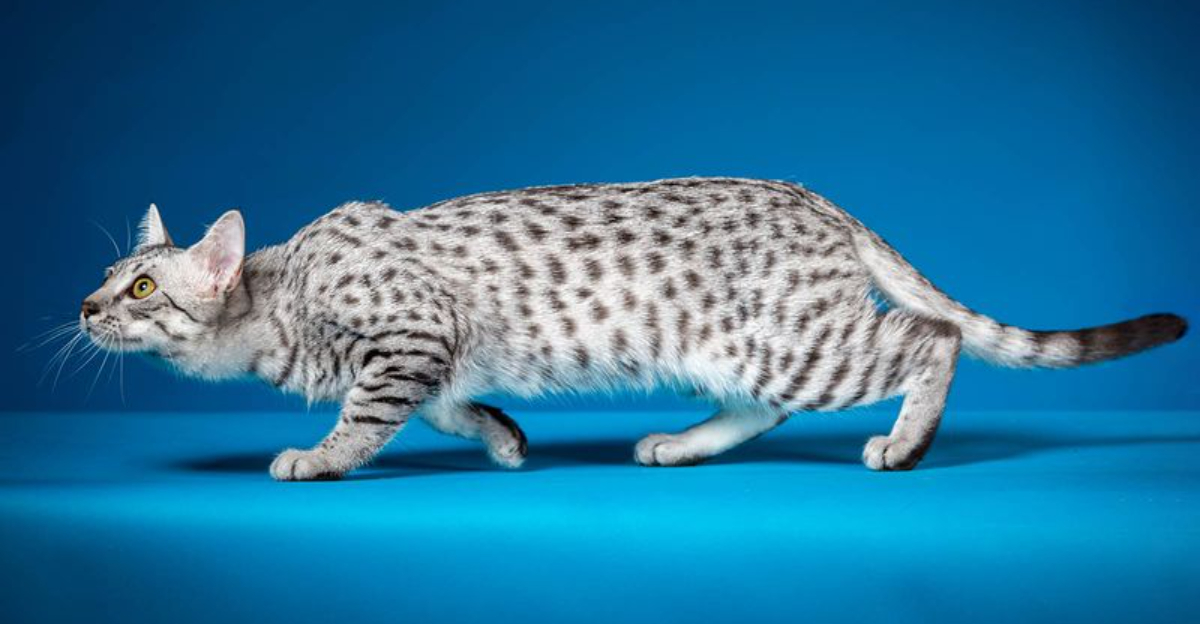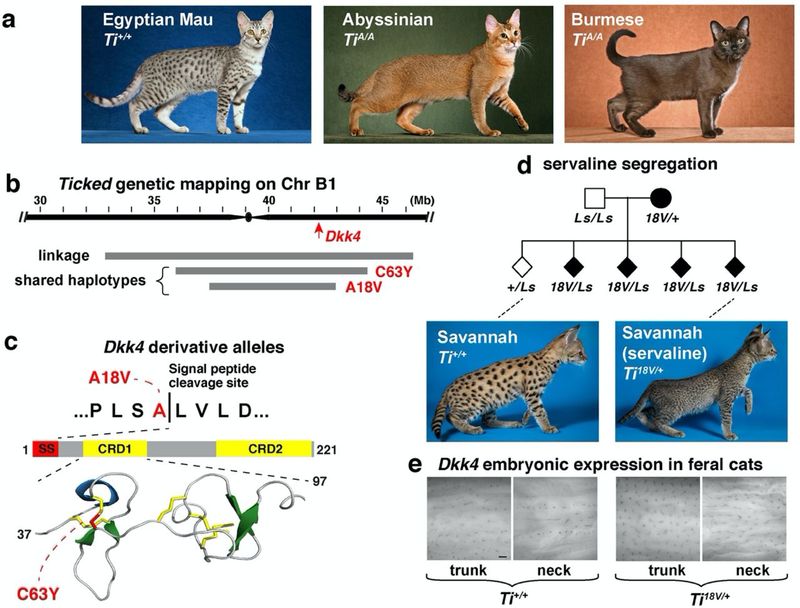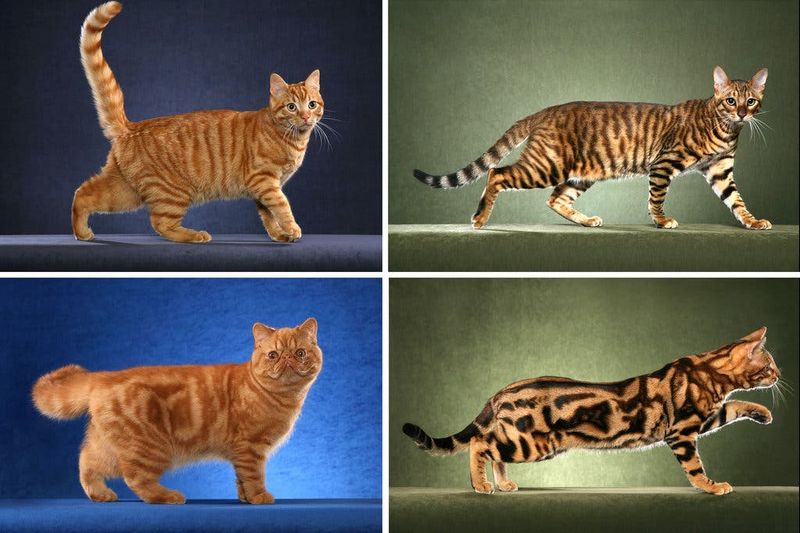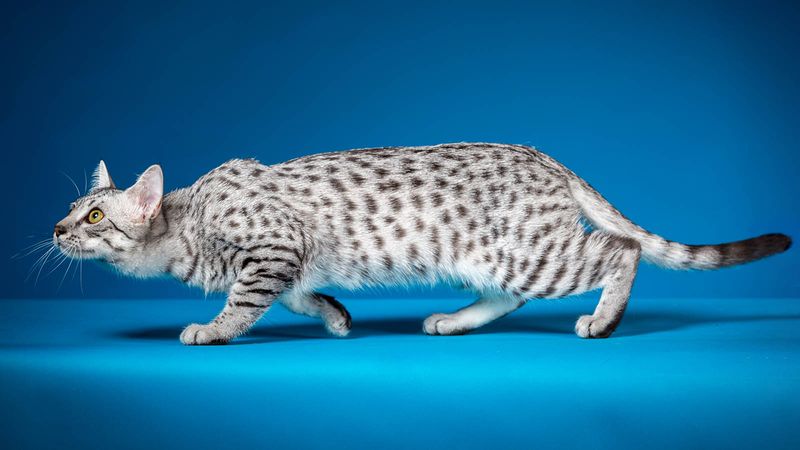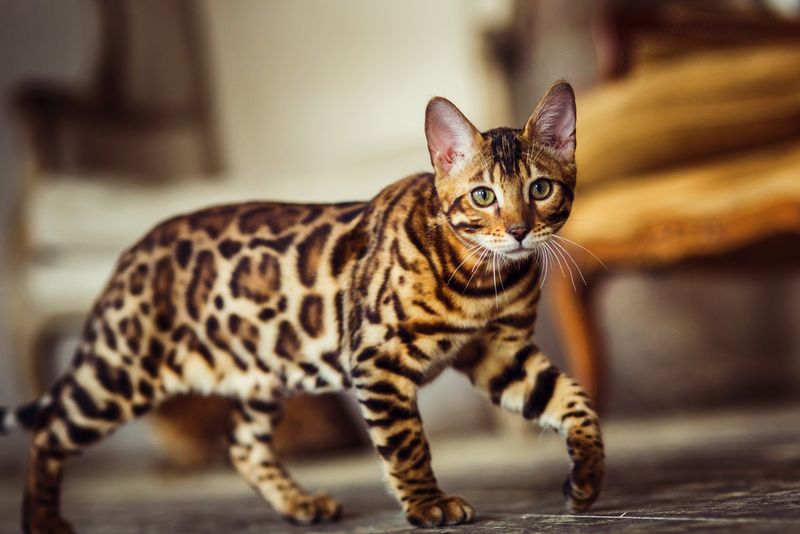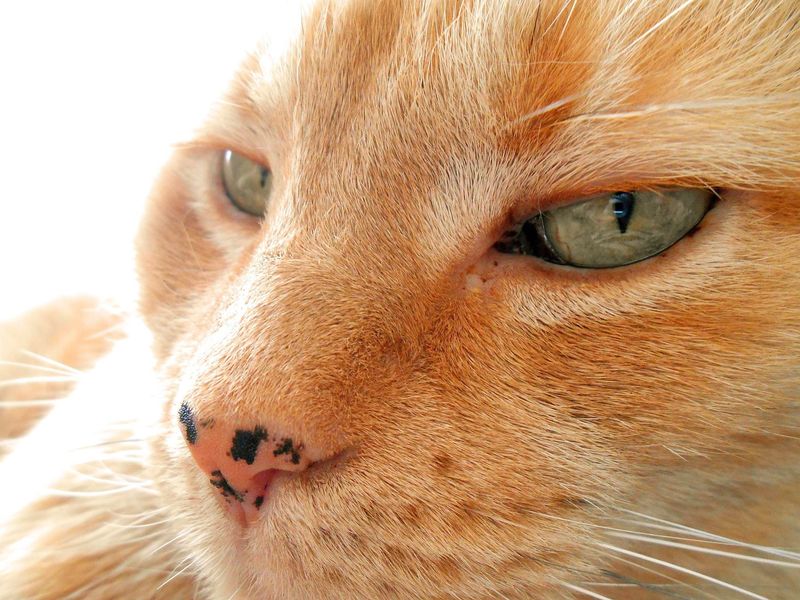📖 Table of Content:
Cats are fascinating creatures with a wide array of coat patterns, ranging from spots and stripes to solid colors. The diversity in these patterns comes from complex genetic interactions. Understanding why some cats have spots involves delving into the genes that regulate pigmentation and fur design. Specific genes like DKK4 and Taqpep play significant roles in forming these unique patterns. Breed-specific genetics and the occurrence of benign conditions like lentigo add further to the variety. This exploration unveils the science and charm behind the spotted coats of our feline friends.
1. DKK4 Gene
The DKK4 gene is pivotal in shaping a cat’s coat pattern. Early in embryonic development, this gene interacts with proteins to establish areas destined for darker or lighter fur regions. Mutations in DKK4 can result in variations, such as the ticked pattern seen in Abyssinian cats, where dark areas appear smaller and more densely packed. This genetic dance creates unique fur designs, explaining the diversity observed in domestic cats. Discovering the role of DKK4 offers insights into the beautiful complexity of nature’s artistry.
2. Taqpep Gene
Taqpep plays a crucial role in the formation of stripes and blotches in cat fur. When both copies of this gene mutate, typical stripes can transform into blotched patterns, as seen in some tabby cats and cheetahs. This gene alters pigmentation by affecting the dark and light area distribution, leading to distinct coat designs. The intriguing process shows how genetics can turn a standard pattern into something extraordinary, showcasing nature’s innovative spirit.
3. Egyptian Mau
The Egyptian Mau stands out with its naturally occurring spotted coat, featuring spots of various sizes and shapes. This breed’s distinct pattern is not only a genetic marvel but also a link to ancient history, as it is believed to have graced the laps of Egyptian royalty. Its impressive speed and striking appearance make it a living piece of art. The Egyptian Mau’s spots reflect a genetic legacy and a connection to a storied past.
4. Bengal Cat
Bengals, with their eye-catching spots and rosettes, mimic the appearance of wild leopards. This hybrid breed, born from domestic and Asian leopard cat crosses, captivates with its striking coat pattern. Beyond aesthetics, Bengals embody a spirited and lively nature, reflecting their wild ancestry. Their unique look and energetic personality make them not only pets but conversational pieces. The Bengal’s exotic pattern tells a tale of nature and nurture intertwined.
5. Lentigo in Cats
Lentigo, a benign condition in cats, manifests as small, flat, dark spots, commonly seen in orange, ginger, calico, and tortoiseshell cats. These spots, akin to freckles, add character and charm to a cat’s appearance. Unlike freckles in humans, lentigo is not related to sun exposure and does not pose health risks. The condition adds a sprinkle of uniqueness, celebrating individuality in feline features. This playful quirk is a testament to the diverse expressions of nature’s creativity.
